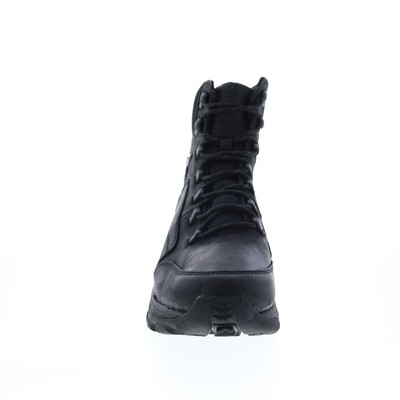

In my case, motocross and trail riding were basically all I looked forward to when I was younger. Much like building any custom bike, a scrambler now has a lot less to do with functionality than it does with character and design. In fact, they’ve become very popular again-just look at the lineups of some major manufacturers.

That doesn’t mean that scramblers still aren’t attractive to build. If a person truly plans on riding off-road, they’re wise to choose a more appropriate street and trail motorcycle such as a dual sport, adventure bike, or even a street-legal dirt bike. You’re much less likely to take a scrambler off-roading on a normal basis, and you sure as hell aren’t using it to challenge your buddies on modern day race bikes. While it’s still comparable, let’s get real. The definition of a scrambler is a little different today. Eventually they were phased out when manufacturers started making motocross bikes, which were much more practical and came in various engine sizes better suited for competition. Enthusiasts during this time would take street legal bikes and modify them for rough terrain or track racing. Essentially, scramblers were the first dirt bikes, built to be lightweight with higher ground clearance and longer suspension.

The history of the scrambler label dates back to the 1950s and 60s when it was used to simply describe a street motorcycle that was also used for off-road riding. Let’s jump into the background of this unique style and the reason I went in this direction after acquiring a totalled 2015 Sportster XL1200. Although, a quick search through internet land proves that the label has always been somewhat complicated. With Triumph and Ducati both using the term as the name of two popular current models, it can be a little confusing these days what “scrambler” actually means. When you think of a scrambler motorcycle, the last thing that probably comes to mind is a Harley-Davidson. Words by the builder Kurt Diserio | Photos by Alexa Diserio


 0 kommentar(er)
0 kommentar(er)
